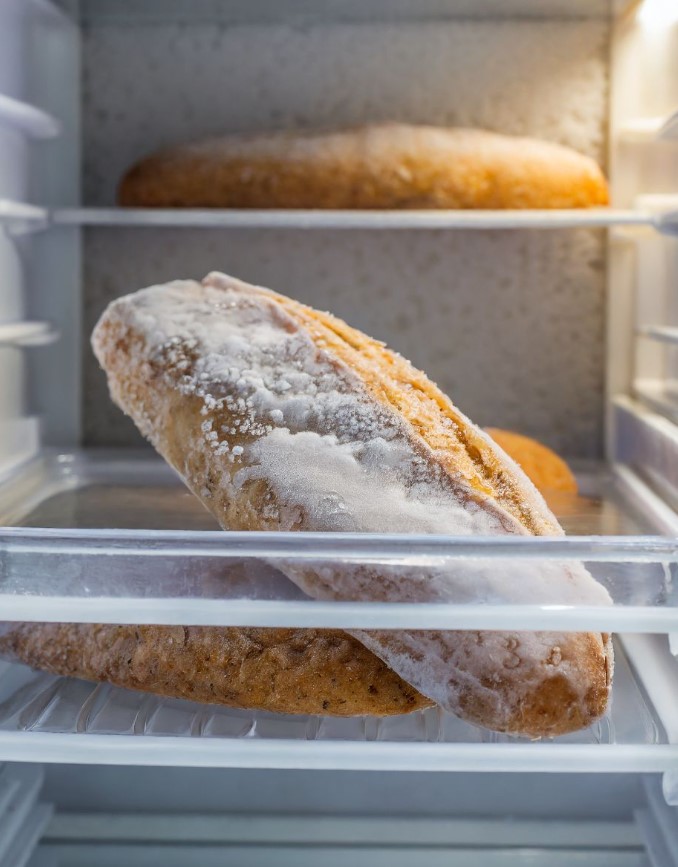Many of us savor the taste of homemade bread, relishing its fresh aroma and wholesome ingredients, especially when compared to store-bought varieties laden with preservatives. However, the absence of these preservatives means homemade bread has a shorter shelf life, often becoming stale or developing mold more quickly.
To combat this issue and extend the life of your beloved loaves, freezing is an effective and time-honored method. In this guide, we’ll explore how freezing affects bread, how long it can last in the freezer, and the best practices to ensure your homemade bread stays delicious for months.
Understanding Freezing and Its Effects on Bread
When you freeze bread, the low temperatures essentially put its aging process on pause. This preservation method prevents enzymatic activity that leads to staleness and mold growth, keeping the bread in a state similar to “suspended animation.” Here’s how it works:
- Stopping Staleness and Mold: Freezing halts the changes that contribute to staleness, primarily the recrystallization of starch molecules, which can make bread tough and dry.
- Slicing Before Freezing: For optimal convenience, slice your bread before freezing it. This allows you to thaw only the slices you need, minimizing waste.
- Proper Wrapping: It’s essential to wrap your bread properly to prevent freezer burn, which can dehydrate your loaf and compromise its flavor and texture.
How Long Does Bread Last in the Freezer?
Now, let’s address the central question: how long can bread truly last in the freezer? The consensus among experts is that properly frozen bread can maintain its quality for about three months. Here’s a breakdown of what you can expect:
- 0-4 Weeks: In this initial period, your bread should taste just as fresh as when it was first baked. The flavor and texture remain largely unchanged.
- 1-3 Months: As you move beyond a month, the bread will still taste good, although you might notice slight differences in texture and flavor, especially if it wasn’t adequately protected against freezer burn.
- Beyond 3 Months: While the bread remains safe to eat past three months, the quality will decline. You may find that flavors become muted and the texture less appealing.
Best Practices for Freezing Homemade Bread
To maximize the shelf life and quality of your frozen bread, consider these best practices:
- Freeze Immediately: Freeze your bread as soon as it cools after baking to capture its peak freshness.
- Wrap It Well: Use plastic wrap or aluminum foil to tightly wrap the bread. For extra protection, place it in a freezer bag, squeezing out as much air as possible before sealing it.
- Label and Date: Always label your bread with the date it was frozen. This simple step will help you keep track of its freshness.
- Thaw Only What You Need: Avoid repeated freeze-thaw cycles by thawing only the slices you plan to use, preserving the rest for future enjoyment.
Conclusion :
In conclusion, freezing homemade bread is a practical solution that not only preserves its delightful flavors and textures but also allows you to enjoy the fruits of your labor long after baking day. By mastering the art of proper storage, you can ensure that your bread remains fresh and inviting, transforming each slice into a moment of indulgence rather than compromise.
Remember, the key lies in quick freezing, adequate wrapping, and mindful thawing. With these best practices in place, you can confidently embrace the joys of homemade bread without the fear of spoilage. So go ahead—bake a delicious loaf, freeze the extras, and savor the comfort of homemade goodness whenever the craving strikes. Your taste buds will appreciate the effort, and you’ll find that the simple act of enjoying a slice of freshly thawed bread can brighten any day.










